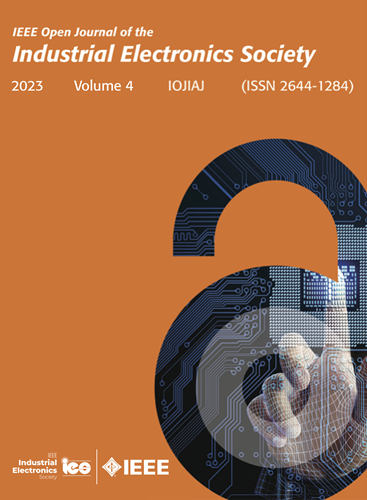基于虚电压矢量的串联端绕组零序电流激励存储机支持向量机策略
IF 7.2
1区 工程技术
Q1 AUTOMATION & CONTROL SYSTEMS
引用次数: 0
摘要
零序电流励磁记忆机(ZSCE-MM)采用瞬态零序电流(ZSC)来改变低矫顽力(LCF)磁体的磁化状态。因此,可以同时实现转矩密度的提高和灵活的磁通调节,而不需要额外的磁化绕组和相关的电流控制器。然而,传统的基于虚拟电压矢量的空间矢量调制(V3-SVM)策略无法充分发挥ZSCE-MM的这一优势,限制了ZSC的生成能力。为此,提出了一种新的基于虚拟电压矢量重构技术的支持向量机支持向量机,该技术具有较高的直流链路电压利用率,同时保留了简单的识别过程。由于虚电压矢量从0轴扩展到三维空间,可以扩大三维空间中的线性调制区域。本文提出的V3-SVM策略可以在有载情况下产生更高的ZSC幅值,这意味着可以实现更宽的磁通调节区域,有利于提高ZSCE-MM的整体效率。仿真和实验结果验证了该方法的有效性。本文章由计算机程序翻译,如有差异,请以英文原文为准。
A Novel Virtual Voltage Vector Based-SVM Strategy for Zero-Sequence Current Excited Memory Machine With Series-End Winding
Zero-sequence current excited memory machine (ZSCE-MM) employs transient zero-sequence current (ZSC) to change the magnetization state of low-coercive-force (LCF) magnet. Hence, the torque density improvement and flexible flux regulation can be realized simultaneously without requiring additional magnetizing winding as well as associate current controller. However, this advantage of ZSCE-MM cannot be fully utilized through the traditional virtual voltage vector based-space vector modulation (V3-SVM) strategy, which constrains the ZSC generation ability. Consequently, a novel V3-SVM based on virtual voltage vector reconstitution technology with high dc-link voltage utilization is proposed for ZSCE-MM drive, while the simple identification progress is also preserved. Since the virtual voltage vector is expanded from the 0-axis to 3-D space, the linear modulation region in 3-D space can be enlarged. The proposed novel V3-SVM strategy can generate a higher amplitude of ZSC under the on-load situation, which means a wider flux regulation region can be achieved which is beneficial for global efficiency improvement of ZSCE-MM. The effectiveness of proposed novel V3-SVM strategy is validated by both simulation and experimental results.
求助全文
通过发布文献求助,成功后即可免费获取论文全文。
去求助
来源期刊

IEEE Transactions on Industrial Electronics
工程技术-工程:电子与电气
CiteScore
16.80
自引率
9.10%
发文量
1396
审稿时长
6.3 months
期刊介绍:
Journal Name: IEEE Transactions on Industrial Electronics
Publication Frequency: Monthly
Scope:
The scope of IEEE Transactions on Industrial Electronics encompasses the following areas:
Applications of electronics, controls, and communications in industrial and manufacturing systems and processes.
Power electronics and drive control techniques.
System control and signal processing.
Fault detection and diagnosis.
Power systems.
Instrumentation, measurement, and testing.
Modeling and simulation.
Motion control.
Robotics.
Sensors and actuators.
Implementation of neural networks, fuzzy logic, and artificial intelligence in industrial systems.
Factory automation.
Communication and computer networks.
 求助内容:
求助内容: 应助结果提醒方式:
应助结果提醒方式:


